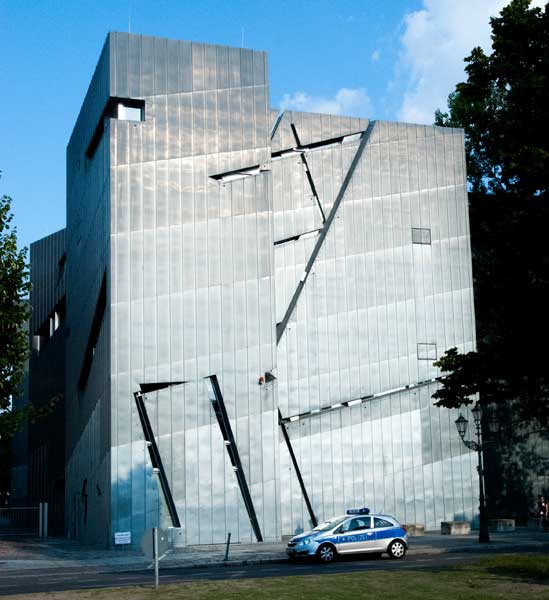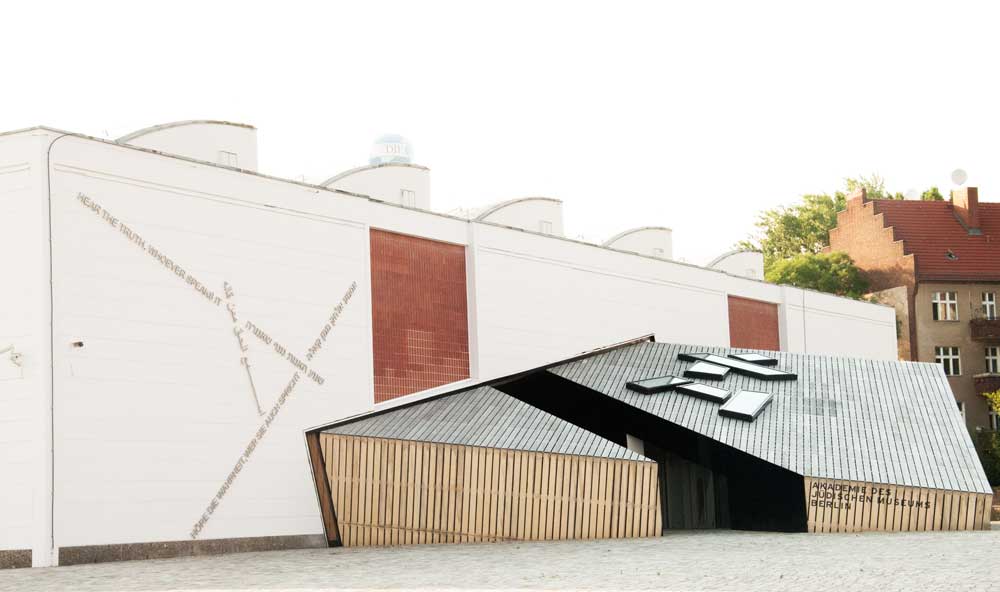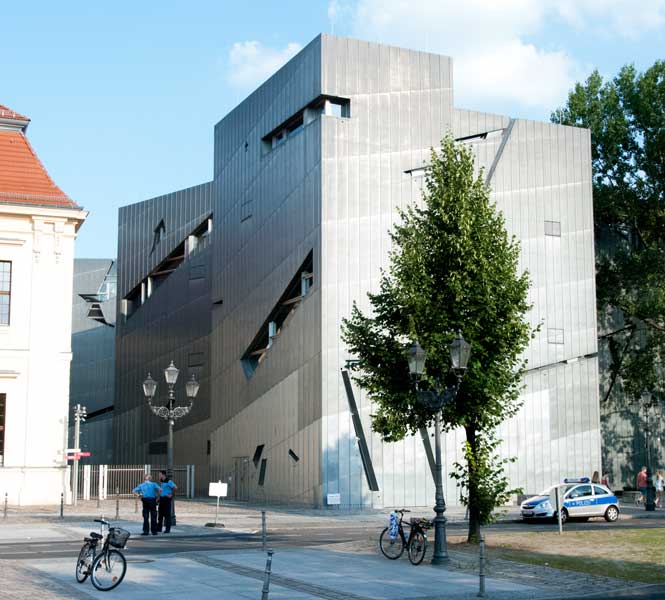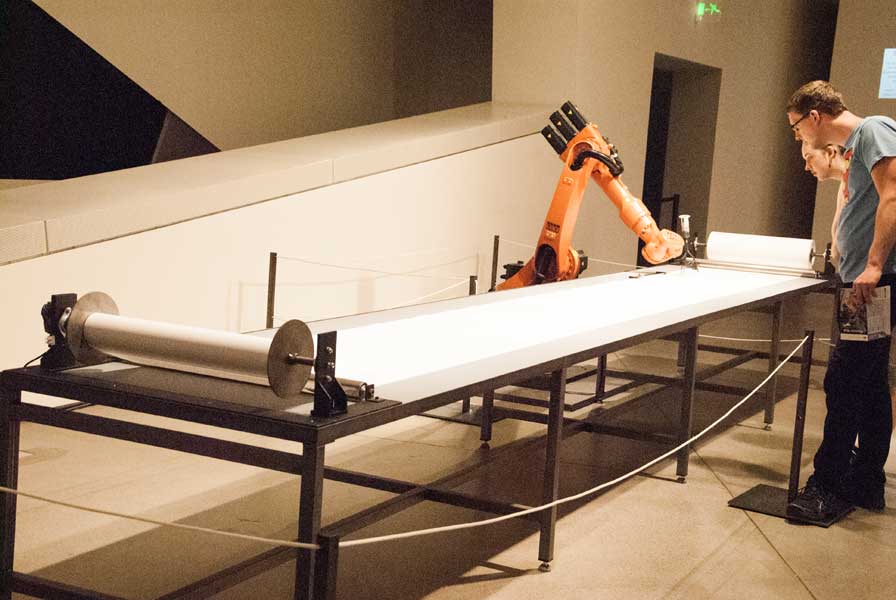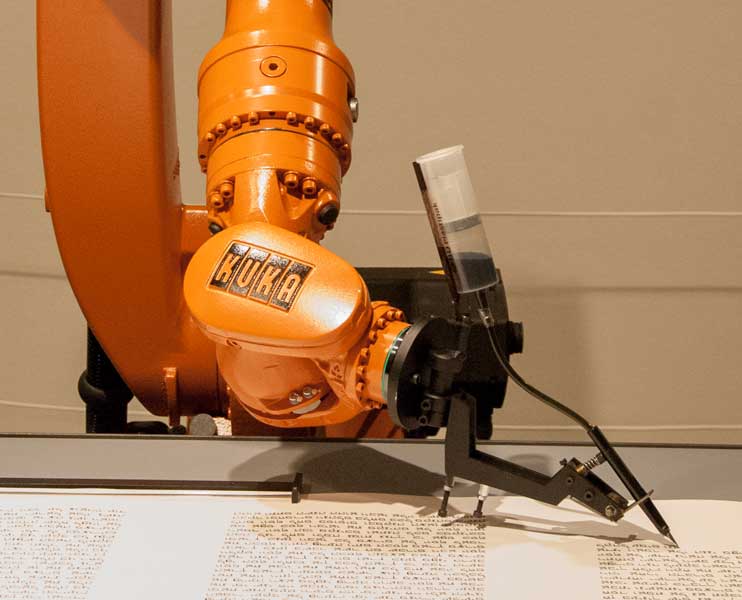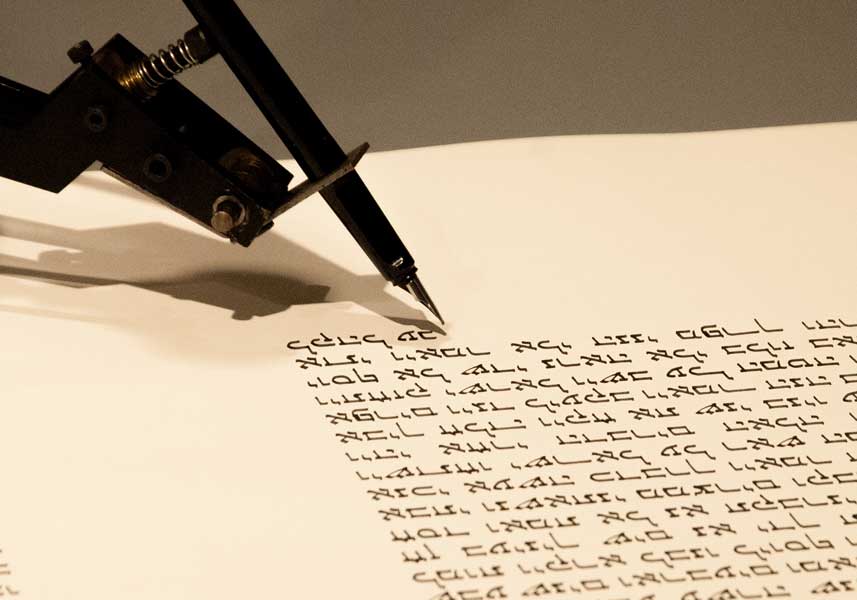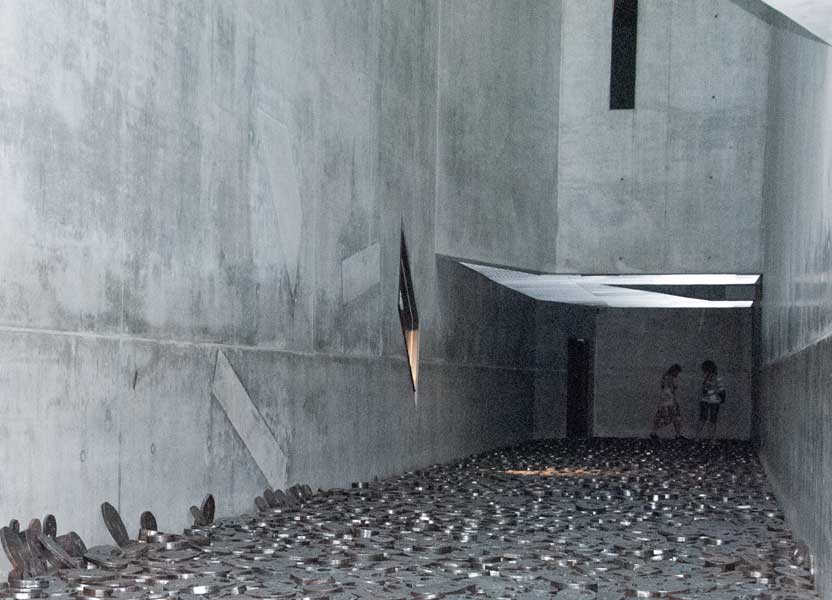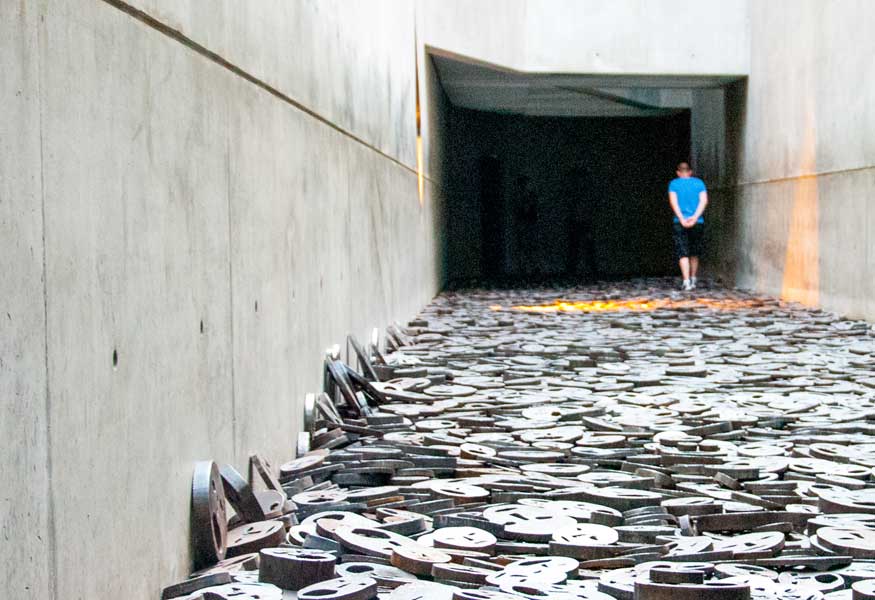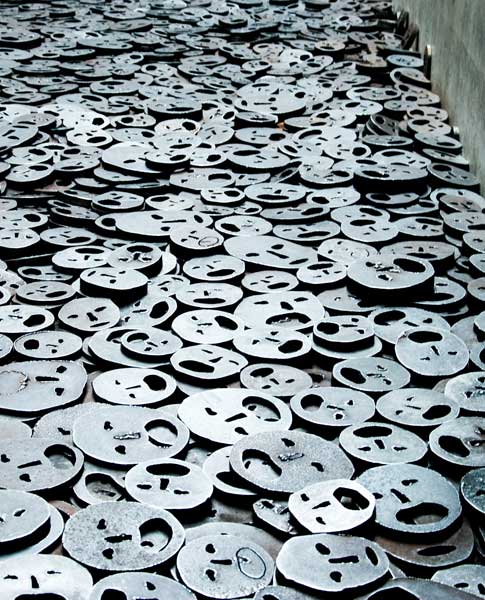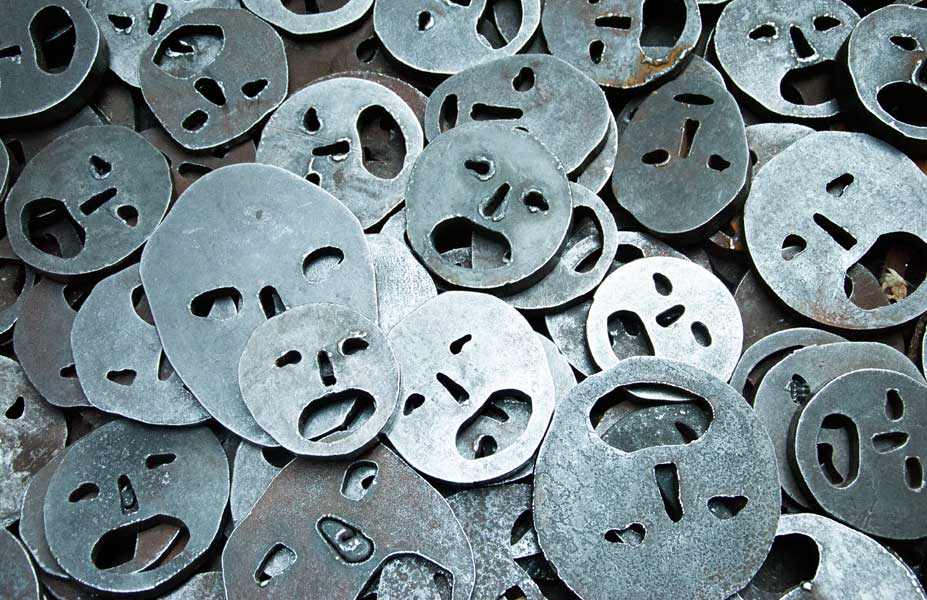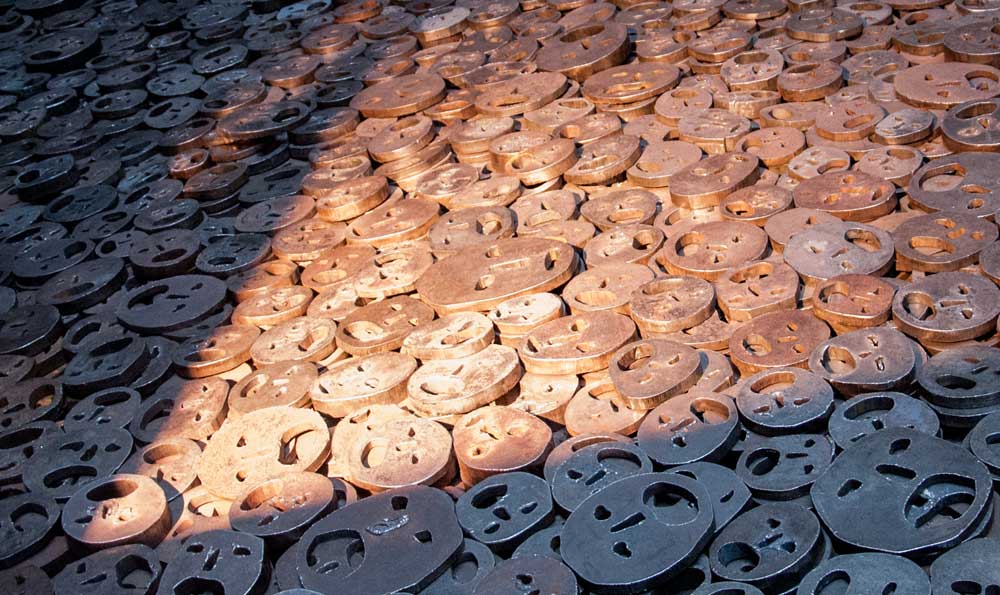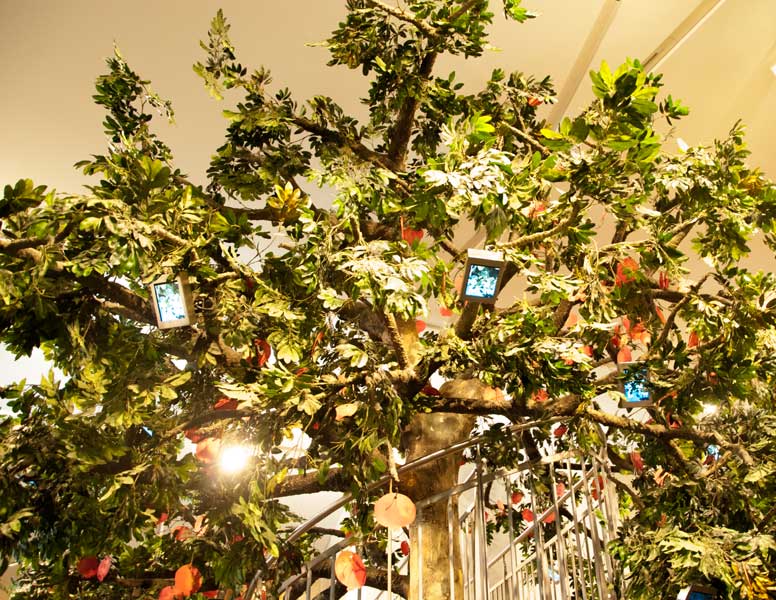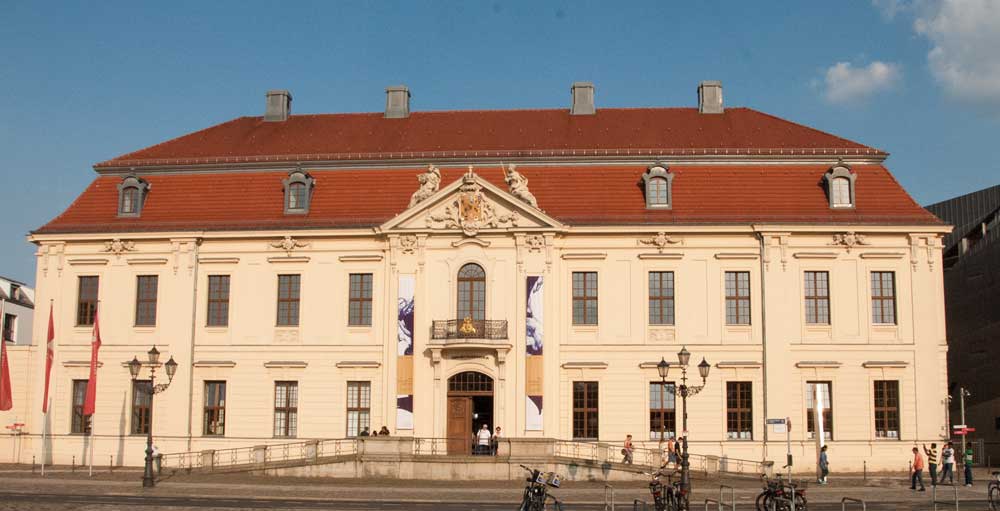
Jewish Museum - entry and security check
After the tack at The Wall on the previous day and the sheer kitch of Checkpoint Charlie, I was seriously depressed. It's not so much that I wanted something to cheer me up. I just wanted to be somewhere that took itself seriously. So, next on the list, the Jewish Museum. I knew these guys would be the business and boy were they just.
This is a museum not to be missed, though you would really want to spend at least a week there to get even half the measure of it. It is packed with content which is very well presented and the whole thing is very well thought through. Don't ever think of opening a museum without having been through this place.
The building you see above, is and isn't the museum. It is effectively the entry point, security check and anti-room to the museum itself which is a different building entirely. You are warned to allow time for the security check but it was very slack when we arrived so there was no delay. The check is like that at an airport. Bags and stuff go through an xray machine and you walk through the frame. It was almost, but not quite as stringent as the airport. I didn't have to take my braces off at the museum.
This is a museum not to be missed, though you would really want to spend at least a week there to get even half the measure of it. It is packed with content which is very well presented and the whole thing is very well thought through. Don't ever think of opening a museum without having been through this place.
The building you see above, is and isn't the museum. It is effectively the entry point, security check and anti-room to the museum itself which is a different building entirely. You are warned to allow time for the security check but it was very slack when we arrived so there was no delay. The check is like that at an airport. Bags and stuff go through an xray machine and you walk through the frame. It was almost, but not quite as stringent as the airport. I didn't have to take my braces off at the museum.
